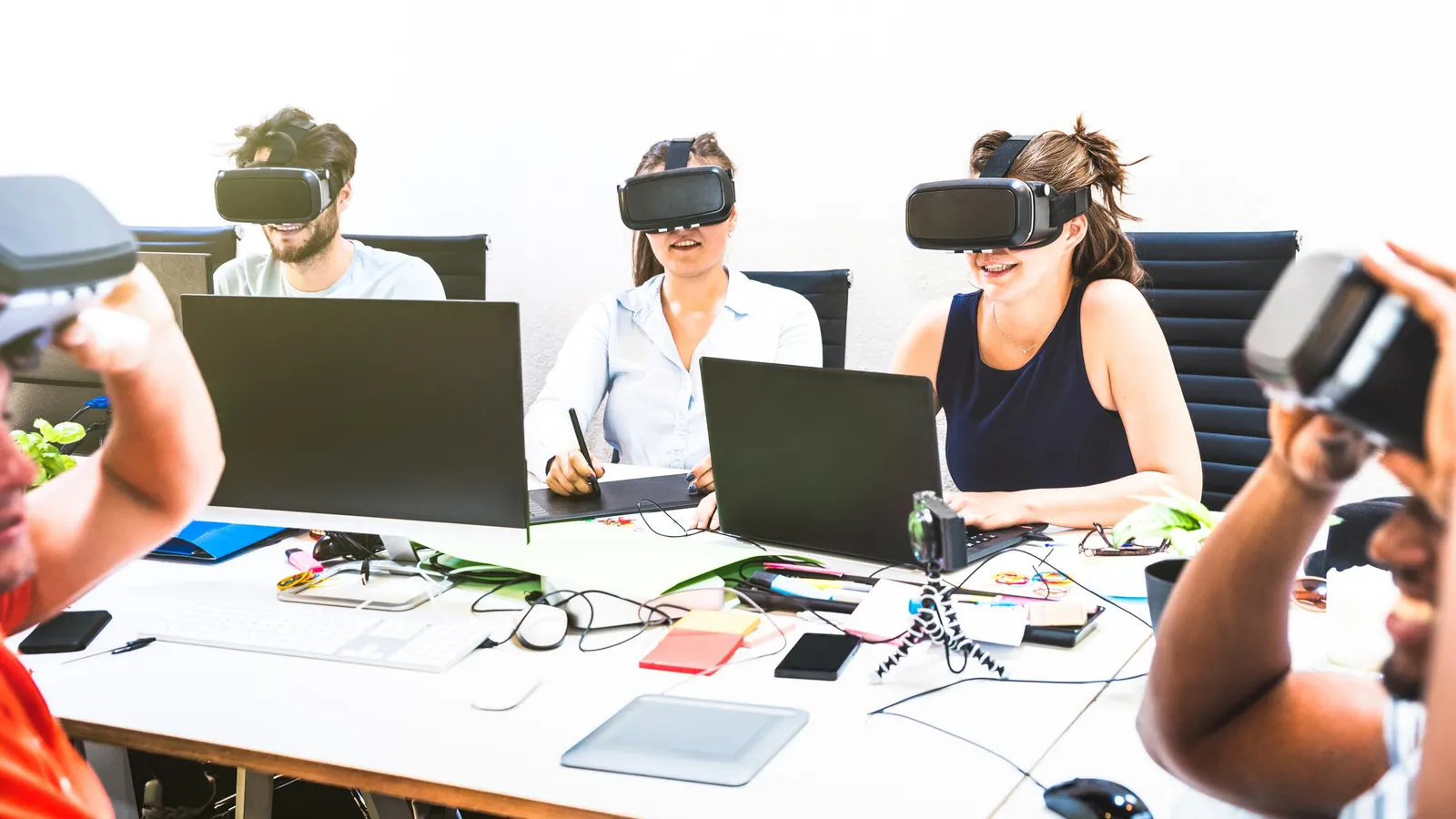The Influence of Tech on Modern Communication

The influence of technology on modern communication is undeniable. Social media platforms have transformed interactions, enabling users to connect instantaneously across vast distances. Instant messaging has redefined conversations, often prioritizing speed over nuance. Meanwhile, video conferencing has emerged as a critical tool for remote collaboration. Yet, beneath these advancements lie challenges, such as misinterpretation and the loss of context, that complicate how people relate to one another in this digital age. What implications do these challenges hold for future interactions?
The Rise of Social Media and Its Impact on Communication
As social media platforms have proliferated, they have fundamentally transformed the landscape of communication, shaping how individuals interact on both personal and professional levels.
Emerging communication trends reveal a shift towards more instantaneous, visual, and global exchanges. This evolution empowers users to express themselves freely, fostering diverse connections while also challenging traditional norms, ultimately redefining the essence of human interaction in the digital age.
See also: The Future of Biometric Technology: Security and Privacy
Instant Messaging: Changing the Way We Connect
How has instant messaging reshaped human interactions in the digital era?
Instant messaging has revolutionized communication through diverse messaging platforms, fostering instant connections and real-time conversations.
As users navigate texting etiquette, the nuances of digital dialogue evolve, impacting relationship dynamics.
This shift emphasizes brevity and immediacy, allowing individuals to express themselves freely while adapting to the expectations of modern communication.
The Role of Video Conferencing in Remote Communication
Video conferencing has become an indispensable tool in the landscape of remote communication, enabling seamless interactions across vast distances.
It fosters virtual collaboration, allowing teams to work together effectively regardless of location. This technology enhances remote engagement, bridging gaps and fostering connections that were previously challenging.
As organizations increasingly embrace remote work, video conferencing serves as a vital medium for maintaining productivity and teamwork.
The Challenges of Digital Communication and Misinterpretation
While video conferencing has revolutionized the way teams communicate remotely, it has also introduced a host of challenges inherent to digital interactions.
Tone misunderstandings often arise, as facial expressions and vocal inflections may be muted or lost entirely. Additionally, context loss can lead to misinterpretation of messages, fostering confusion and frustration among participants.
These issues highlight the complexities of communicating in a virtual landscape.
Conclusion
As the digital landscape continues to evolve, it resembles a vast tapestry woven with vibrant threads of connection and communication. Yet, within this intricate design lies the shadow of misunderstanding, where tone and context can slip through the fingers like grains of sand. The beauty of instant exchanges is often marred by the complexity of human emotion, reminding us that while technology bridges distances, it also demands a deeper awareness of the nuances that shape our interactions.





